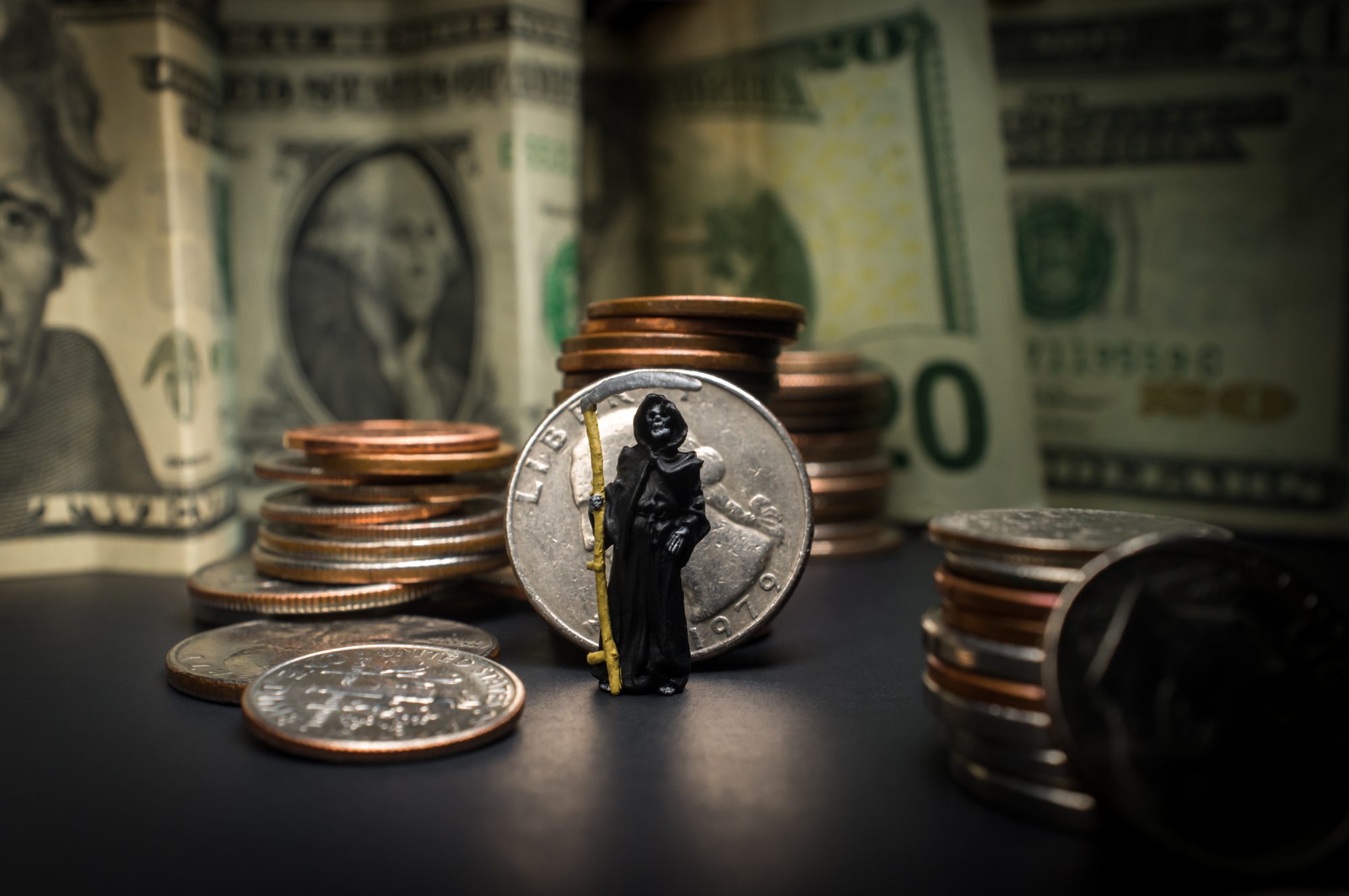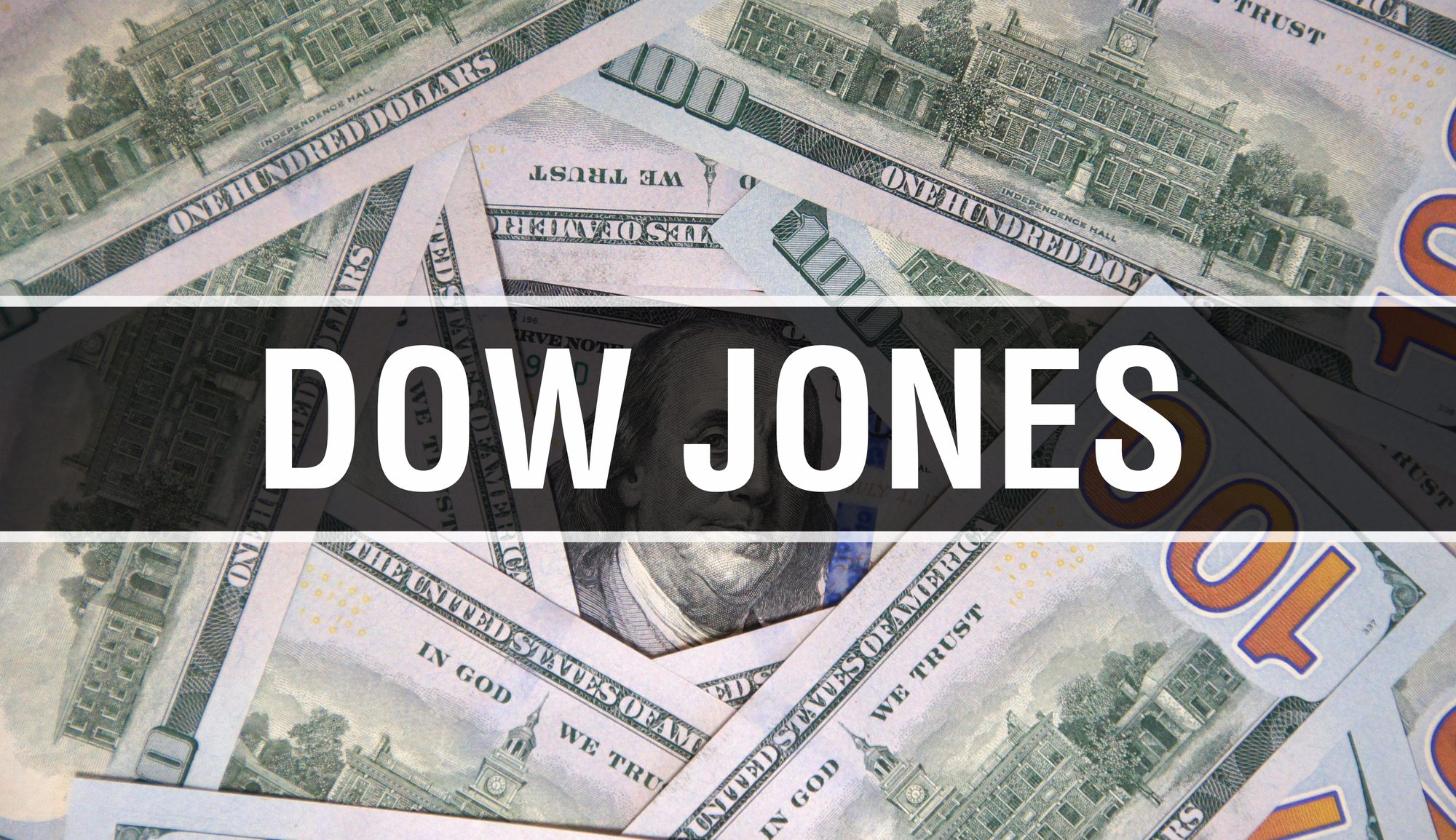We’ve talked a lot about the Russia-Ukraine war lately.
We weighed its energy implications and striking parallels with the 1970s’ oil shocks.
We discussed how it’s stoking food shortages and, in turn, global inflation.
But there’s one thing we haven’t touched on yet: how it’s quietly altering the global monetary order.
Just take a look at Russia’s currency, the ruble.
In the first weeks of the invasion, Russia’s currency lost 70% of its value!
Today, it’s already back to where it was.
How can a currency hold out so well in the face of rampant inflation, a barrage of sanctions, and record capital flight?
I’ll explain in a moment.
But first, let’s wind back to the end of WWII to get some context.
How Did the Dollar Become a Reserve Currency?
In the simplest terms, a reserve currency is the world’s most popular means of exchange.
Most commodities, such as oil and gold, are priced in it. It’s the main settlement currency for global trade and debt obligations, and makes up the lion’s share of central bank reserves.
As such, the country that issues it has to meet two critical criteria (among other things).
- Its currency must be stable
- It has to have a significant and robust economy to circulate its money all over the world
That’s why the dollar was a no-brainer choice after WWII.
By 1940, war-torn Europe had unpegged its currencies from gold to finance the war. Even Great Britain, whose pound was a de facto reserve currency, gave in to devaluing its currency.
Meanwhile, the dollar was the only currency backed by gold. A lot of gold. Because America ran a huge trade surplus and Europe paid for its imports in gold, America held two-thirds of the world’s gold.
So in 1944, at Bretton Woods, the world crowned the dollar as a new reserve currency. And the world’s major nations pegged their currencies to the dollar on one condition:
The dollar must remain backed by gold.
In other words, Bretton Woods revived the gold standard with a twist.
This stabilized exchange rates and prevented “currency wars” to fast-track economic growth.
From a Gold Dollar to a Petrodollar
After Bretton Woods, the world went on a dollar buying spree to replace its vast gold reserves.
At the same time, America ramped up its spending.
It enacted the Marshall Plan, a historic aid by scale to rebuild war-torn Europe. It financed the Vietnam War, as well as its grand domestic spending programs like the Great Society.
And just like that, America flooded the global economy with dollars.
As America’s spending grew, its current account went into deficit. And because the dollar was directly backed by gold, the country had to dip into its gold reserves to cover that deficit – so much that its foreign liabilities grew four times greater than its gold reserves. Afraid of the dollar’s devaluation, Bretton Woods members rushed to “cash in” their dollar reserves for gold.
As a result, Nixon suspended the dollar’s convertibility to gold and ended the Bretton Woods system.
But then why did the paper dollar retain its status as a reserve currency?
Under the Bretton Woods system, trillions of dollars infiltrated the global economy. A lot of foreign capital was already parked in dollar-denominated debt. And America still had the strongest economy and dominance over global financial markets.
So there wasn’t a quick and easy replacement.
And if you think the all-powerful United States would simply let go of its dollar dominance, think again.
After ending Bretton Woods, America convinced the Saudis—and by extension, all of OPEC—to sell their oil in dollars. That kept the dollar in high demand and cemented its status as a reserve currency.
Via QZ:
“In 1974, Washington and Riyadh struck a deal by which Saudi Arabia could buy U.S. treasury bills before they were auctioned. In return, Saudi Arabia would sell its oil in dollars—not only enlarging the currency’s liquidity but also using those dollars to buy U.S. debt and products. The political economist David Spiro, in his book The Hidden Hand of American Hegemony, described how Saudi Arabia convinced other OPEC nations to invoice oil in dollars, rather than in a basket of different currencies.”
In other words, the paper dollar kept its reserve currency crown not because it held any intrinsic value but because it was simply the most widely circulated means of exchange at that time. And it was the currency in which the most important commodity was traded.
That’s right. Oil.
The Petrodollar Hegemony and Its “Exorbitant Privilege”
Today, 8 out of 10 global oil barrels trade in dollars.
But it’s not so much about the transaction as it is about what’s happening before and after the trade.
On one side, you’ve got oil buyers.
If they want to buy oil, they have to keep dollars in their reserves. And the reserve isn’t just cash. Most of it is invested in securities denominated in the reserve currency – to earn a little interest, of course.
For example, Canada holds more than 70% of its reserves in securities.
That means as long as the dollar is the reserve currency, there will be underlying demand for Treasuries from foreign central banks. That ensures America can always find lenders and borrow at low rates.
Meanwhile, oil producers earn in dollars, which they have to “recycle” one way or another, too. And they often choose to park that cash in dollar-denominated assets or pay for American imports.
For example, the historic petrodollar agreement bound the Saudis to invest billions of petrodollars in Treasuries to finance America’s deficit. They also used dollars to contract American companies to build up their infrastructure and technology.
This is why Saudi Arabia holds over $116 billion in Treasuries and is one of America’s largest foreign creditors.
In other words, the petrodollar’s hegemony made sure America’s financial assets and its goods and services were in high demand. And that gave its economy “exorbitant privilege” to rule over the world.
More insight on this and the current Ukraine situation can be found by reading one of Ivan’s letters from eight years ago: The Secret Deal Between the US and Saudi Arabia
The Petrodollar Hegemony May Be Coming to an End
Oil producers aren’t crazy about this arrangement anymore.
In retaliation for its frozen reserves, Putin threatened to force “unfriendly” nations (ahem, the West) to pay for Russia’s oil and gas in rubles instead of euros or dollars. The news immediately torpedoed the ruble to pre-war levels.
Although Russia hasn’t yet made good on its threat, Kremlin spokesperson Dmitry Peskov later clarified that it would be a “gradual process” instead of an immediate switch.
So, it’s still hard to tell if it’s a bluff or serious consideration.
But Russia is not the only country making moves to destroy the petrodollar.
As WSJ recently reported, China is trying to convince Saudi Arabia to accept the yuan for its oil imports. Although the Saudis are reportedly “considering” it, it wouldn’t be an easy, simple flip-of-the-switch because their currency is tied to the dollar.
This means any blow to the dollar will deal an equivalent blow to their own currency.
Of course, the Saudis could always swap some of those massive dollar reserves with China in exchange for the yuan. After all, China is already the biggest foreign holder of the dollar – what’s an extra few hundred billion when it already owns nearly $3.5 trillion?
Of course, if that happened, the U.S. military might flex its muscles – and no one wants to mess with that.
Still, these developments hint at the first innings of a new monetary order.
So what does this mean for you?
The New Currency Era: from Fragmentation to Bretton Woods III
The monetary system established 50 years ago is slowly crumbling.
And there are two main theories on how it will play out.
First and most plausible, the reserve currencies will become less fragmented. And while the dollar will play its part, it will lose its hegemony. In fact, the petrodollar has been losing its luster for quite some time now.
According to IMF, the share of dollar-denominated reserves has been in a slow yet sustained decline for over two decades:
“…the dollar’s share of international reserves had fallen from 70 percent to 60 percent over the past 20 years, with the emergence of other trading currencies.
About a quarter of the decline in the dollar’s share is attributed to greater use of the Chinese yuan, but less than 3 percent of global central bank reserves are denominated in that currency, according to the IMF.”
The second and more groundbreaking theory is that we are seeing the birth of Bretton Woods III. It’s a new monetary order in which commodity-based currencies from the East will rule over Western “paper”.
Here’s a good summary from Credit Suisse’s Zoltan Pozsar:
“We are witnessing the birth of Bretton Woods III – a new world (monetary) order centered around commodity-based currencies in the East that will likely weaken the Eurodollar system and also contribute to inflationary forces in the West.” – Zoltan Pozsar, Former Federal Reserve and U.S. Treasury Department official, and now Credit Suisse Global Head of Short-Term Interest Rate Strategy based in New York.
In a note published earlier, Zoltan wrote this crisis is not like anything we have seen since President Nixon took the U.S. dollar off gold in 1971 – the end of the era of commodity-based money. When this crisis is over, the U.S. dollar should be much weaker. From the Bretton Woods era backed by gold bullion, to Bretton Woods II backed by inside money (Treasuries with un-hedgeable confiscation risks), to Bretton Woods III backed by outside money (gold bullion and other commodities).”
Either way, shifts of this sort don’t happen overnight.
Barring a financial cataclysm, the dollar will likely retain its reserve currency crown for some time. But its “exorbitant privilege,” and by extension, safe-haven status, is slowly fizzling out.
So beware of putting all your eggs in the dollar-denominated basket.
Seek the truth and be prepared,
Carlisle Kane
Disclosure: We have protected ourselves by owning commodities such as gold and silver, as well as stocks associated with them.













The US Gov’t will not abdicate this power. The US Constitution states Article I Section 8 “Congress shall have the power to coin-mint money and determine the value thereof”. US Gov’t will soon implement the US Digital dollar and render all other cryptocurrencies moot and demised (in the crypt). NG To the average man, it was seen as salvation…
Yet, overnight, FDR’s plan did something radically different…
It allowed the Treasury to pay for all his pet programs — from Social Security to the Tennessee Valley Authority and the Civilian Conservation Corps — by making a massive change to the dollar.
Image
At the time, our currency was backed by gold. And coins, like these, were popular.
Image
But with this single act, the government forced Americans to turn in their gold savings.
In fact, the Federal Reserve Bank in New York snatched more than $30 million – worth almost $600 million in today’s dollars – on just one fateful day.
Each one-ounce coin was swapped for $20.67 in paper money. Failure to comply would result in a massive $10,000 fine – or jail time.
And once the government had its hand on the gold?
It changed the price to $35 an ounce… effectively stealing 69% of Americans’ savings.
Do you see a pattern here?
It will happen because Joe Biden is the Manchuran Canidate.